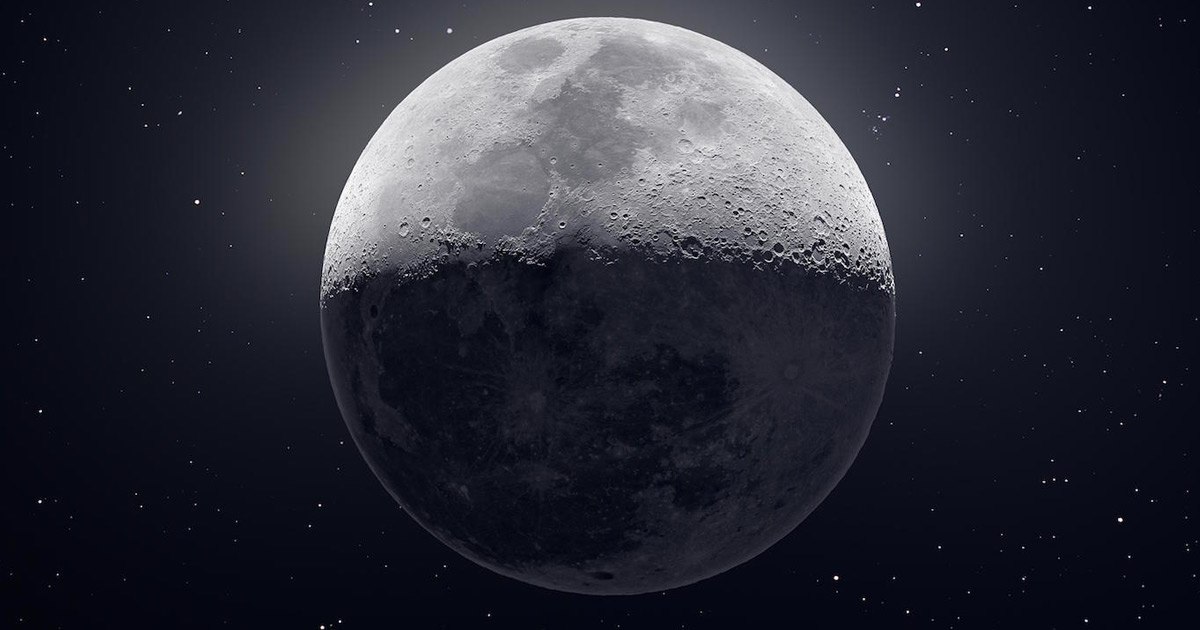Science & Tech
NASA announces “exciting new discovery”: Water confirmed to exist on the moon
NASA has finally spilled the details about its stunning new find.

After a week of dropping tantalizing hints about an “exciting new discovery” it had made, NASA has finally spilled the details about its stunning new find: there is water on the sunlit surface of the moon – and much, much more than previously expected.
While water ice has previously been found on the moon in the past – mainly in the frigid, shadowed regions of the moon’s huge craters and north and south poles – this is the first time that water has been found on those surfaces exposed to sunlight.
It was previously believed that if water on the lunar surface had been exposed to the warming radiation of the sun, it would evaporate.
However, it turns out that water molecules are trapped within mineral grains across the moon, with more water likely hidden in the ice patches residing under the permanent shadows along the lunar surface, which are believed to have not seen any sunlight for billions of years.
A team of researchers is reporting that the moon could have some 40,000 square kilometers of permanent shadows where hidden pockets of water in the form of ice could be harbored.
The discovery that water is capable of withstanding lunar conditions under sunlight could have major implications for any future efforts to settle the moon as a human settlement, offering a precious resource that future astronauts could potentially use for drinking, or as an ingredient in the production of rocket fuel.
“We had indications that H2O – the familiar water we know – might be present on the sunlit side of the moon,” said Paul Hertz, the director of the astrophysics division of the science mission directorate at NASA’s Washington headquarters. “Now we know it is there. This discovery challenges our understanding of the lunar surface and raises intriguing questions about resources relevant for deep space exploration.”
The discovery, which is detailed in a pair of papers published by the journal Nature, relied on NASA’s airborne Stratospheric Observatory for Infrared Astronomy, or SOFIA, which is a Boeing 747SP aircraft modified to carry a telescope..
One team led by Casey Honniball of the Goddard Space Flight Centre in Maryland found molecular water on the lunar surface, trapped within natural glasses or between grains of debris. While past observations had difficulty discerning between water and hydroxyl – its molecular cousin –the new detection method offered clear findings.
However, the identified hydrogen and oxygen molecules are quite far apart, meaning that they are not lying in puddles or solid blocks of ice.
“A lot of people think that the detection I’ve made is water ice, which is not true. It’s just the water molecules — because they’re so spread out they don’t interact with each other to form water ice or even liquid water,” Honniball said.
The scientists believe that the water could have traveled by way of solar winds or from micrometeorites that contained some water.
Another paper found that the Moon’s “billions” of tiny craters have offered the ideal texture for creating shadowy regions across the moon, offering perfect conditions to hold frozen ice. Some of the shadows are no bigger than a small coin, according to researchers led by planetary scientist Paul Hayne of the University of Colorado, Boulder.
“Our research shows that a multitude of previously unknown regions of the moon could harbour water ice,” Hayne said. “Our results suggest that water could be much more widespread in the moon’s polar regions than previously thought, making it easier to access, extract and analyse.”
It still remains to be determined whether the water, which appears to be extant across our natural satellite, will be easily accessible to future explorers or settlers.
“We don’t know yet if we can use it as a resource, but learning about water on the moon is key for our Artemis exploration plans,” NASA administrator Jim Bridenstine noted in a tweet.
Typos, corrections and/or news tips? Email us at Contact@TheMindUnleashed.com
